December 4, 2017
Global Glacier Change Bulletin-Many Glaciers Same Story
Posted by Mauri Pelto
Cumulative glacier mass balance losses reported by WGMS by region, all glacier, reference glaciers and geodetic mass balance (Sholes Glacier, WA in background). The data set size, location and type changes but the story remains the same, mass loss resulting from global temperature increase.
The World Glacier Monitoring Service has released the second bulletin of Global Glacier Change. The bulletin provides detailed global and regional information on alpine glaciers particularly for 2014 and 2015. There is data reported from 621 glaciers. The glaciers vary in type and location, yet their response is the same retreat and mass balance loss as a result of the global temperature increases. There are currently 41 reference glaciers with at least 30 consecutive years of detailed field measurement of mass balance. Additionally mass balance is typically reported from 60-80 other glaciers. The graph below indicates that the reference glacier network mass balance losses parallels the losses of all glaciers and that of geodetic assessment of mass loss from remapping. The report indicates that alpine glaciers have lost 0.9 m w.e. per year. This continues the unprecedented trend of mass loss that is driving glacier retreat as well. In 2014 and 2015 316 mass balance observations are reported from 166 glaciers. There are 889 terminus change observations reported from 528 glaciers. The results in graph after graph illustrate that glaciers in all regions of the globe are experiencing mass loss and retreat. As the United States representative to the WGMS, helping pull together each strand of data, is a key task. The result unfortunately is a very strong line of data built of all these strands of glaciers losing mass. The report also contains preliminary data from 2016, which was the 37th consecutive year of mass loss as reported in BAMS State of the Climate 2016 (Pelto, 2017). The deadline for posting initial results on mass balance for reference glaciers in 2017 was Dec. 1 2017. Reporting on the US glaciers it is clear that 2017 will be another year of substantial losses in this region.
Annual glacier mass balance reported for each region. The coloration indicates the increase in mass balance loss in each region with global temperature increase.
There is a section of the bulletin on each region including graphs of terminus change and mass balance on selected glaciers. Below are examples from Western North America and Central Europe. For reference glaciers data is submitted that includes maps of the mass balance, and then charts are derived from WGMS illustrating mass balance changes and the relationships between mass balance and the equilibrium line altitude, and between mass balance and the accumulation area ratio.
- Western North America Glacier Change
- Central Europe Glacier Change
- Lemon Creek Glacier mass balance maps
- Lemon Creek Glacier, Alaska, mass balance charts
- Austre Broggerbreen, Svalbard
- Austre Broggerbreen mass balance record
- Hintereisferner, Austria
- Hintereisferner mass balance record


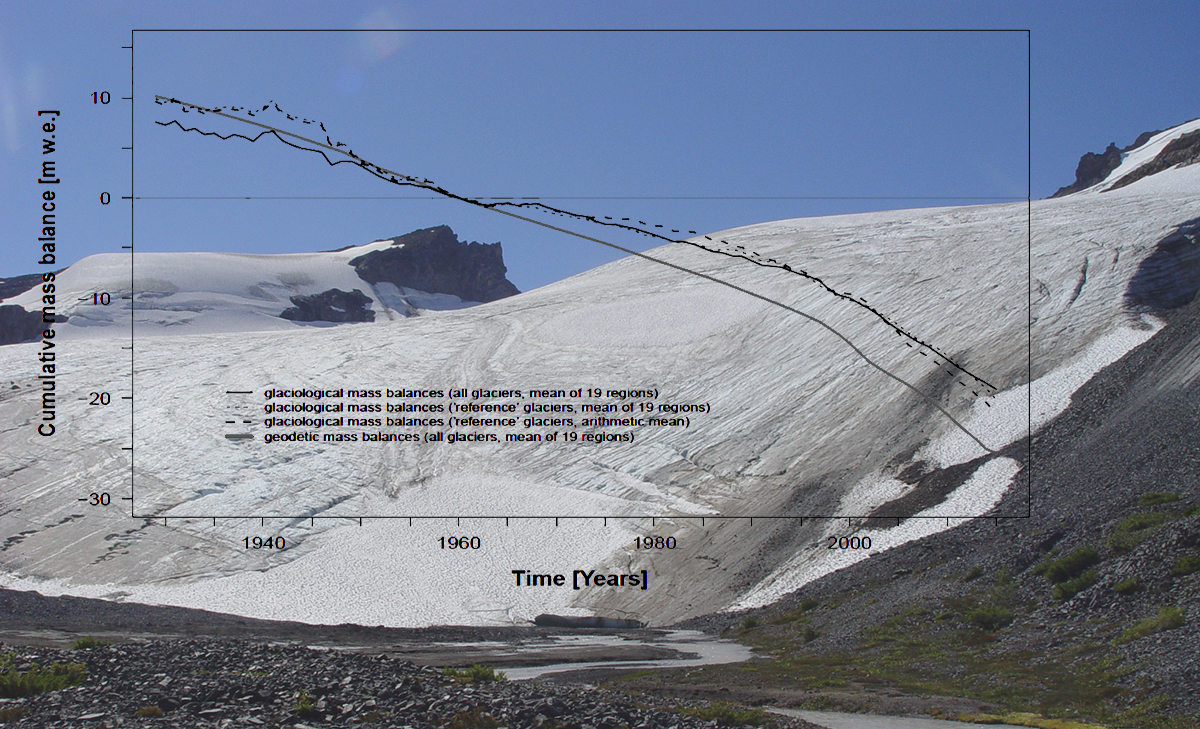

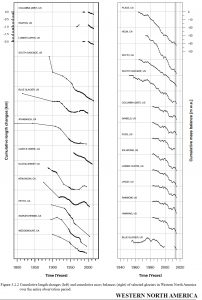

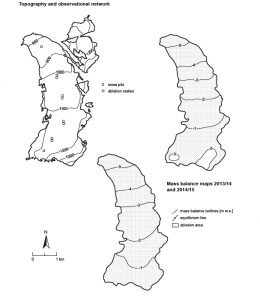
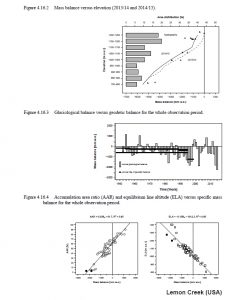
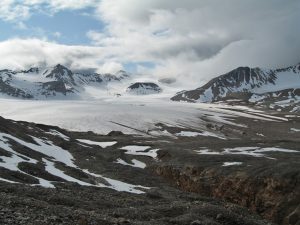
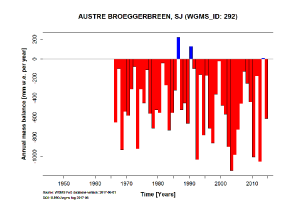
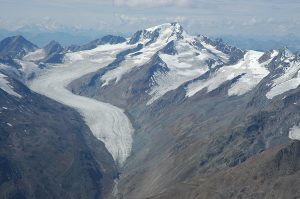
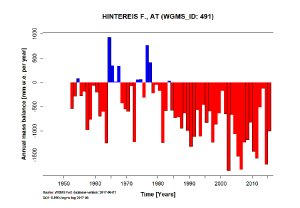
 Dean of Academic Affairs at Nichols College and Professor of Environmental Science at Nichols College in Massachusetts since 1989. Glaciologist directing the North Cascade Glacier Climate Project since 1984. This project monitors the mass balance and behavior of more glaciers than any other in North America.
Dean of Academic Affairs at Nichols College and Professor of Environmental Science at Nichols College in Massachusetts since 1989. Glaciologist directing the North Cascade Glacier Climate Project since 1984. This project monitors the mass balance and behavior of more glaciers than any other in North America.
Thanks, Mauri!